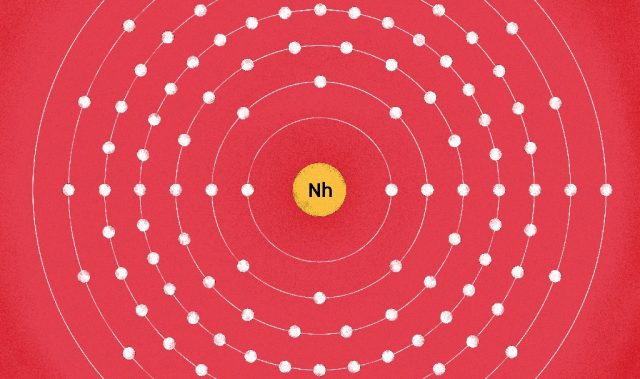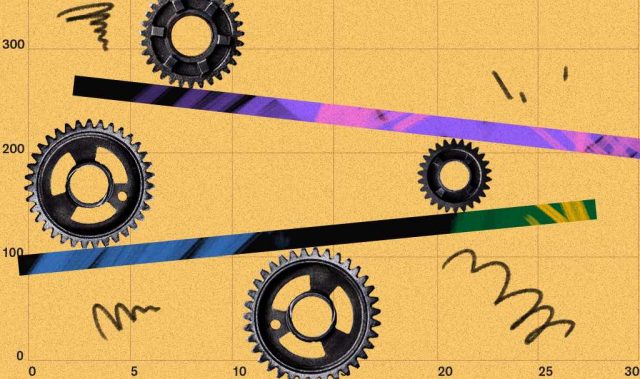
AsianScientist (Jun. 20, 2011) – A Japanese supercomputer, “K,” has been named the most powerful system in the world, in a report released today by the New York Times.
“K”, which is short for “kanji,” is capable of making 8.2 quadrillion calculations per second, or 8.2 petaflops per second, equivalent to a million laptops working in tandem.
The computer is three times faster than the previous number one, China’s Tianhe-1A supercomputer, designed by the country’s National University of Defense Technology (NUDT), which had set a performance record of 2.507 petaflops, or quadrillion calculations per second last year.
“K” was built by Fujitsu and is located at the RIKEN Advanced Institute for Computational Science in Kobe, Japan.
Jack Dongarra, a professor of electrical engineering and computer science at the University of Tennessee at Knoxville who keeps the official rankings of computer performance, told the Times that it is a very “impressive machine, a lot more powerful than the other computers”.
The fastest computer in the United States, the Cray XT5 Jaguar system at Oak Ridge National Laboratory, was placed third.
Japan and China now occupy four out of five top positions in the 2011 rankings, reflecting a significant advancement in Asia’s supercomputing prowess.
However, the U.S. remains the leader, holding five places in the top 10 list, all of them in government facilities.
——
Copyright: Asian Scientist Magazine.
Disclaimer: This article does not necessarily reflect the views of AsianScientist or its staff.












